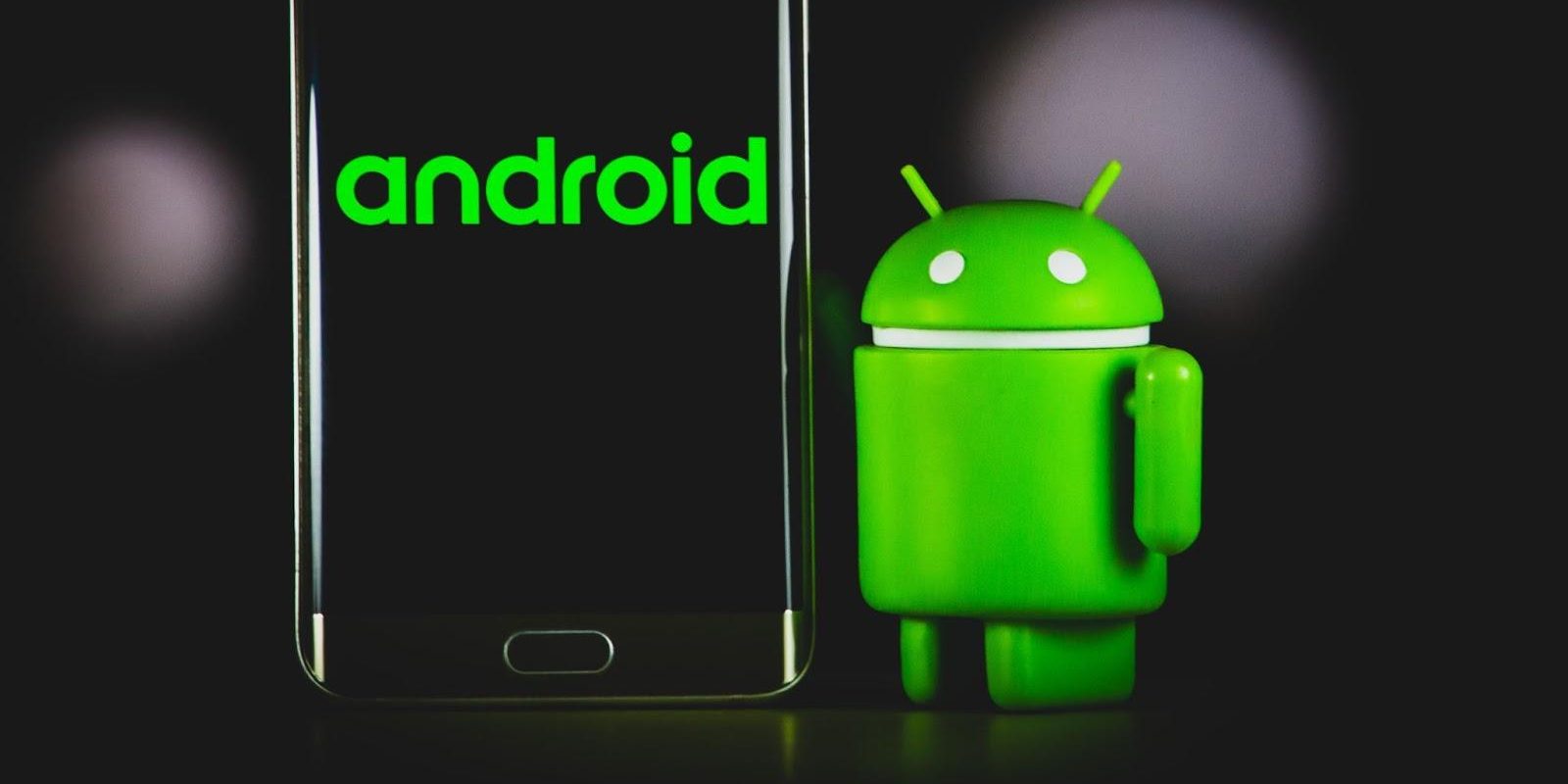
When it comes to privacy and security on Android devices, setting up a proxy server can be a game-changer. Whether you need to access region-specific content, improve online security, or enhance browsing speed, configuring a proxy on your Android phone can provide numerous benefits. But how exactly do you do it? This guide will walk you through the process step by step, ensuring that you set up a proxy server on your Android device quickly and effectively.
Why Use a Proxy Server on Your Android Device?
A proxy server acts as an intermediary between your Android device and the internet. Instead of connecting directly to a website, your device routes the request through the proxy server, which then fetches the content on your behalf. This setup can be particularly useful for:
- Enhanced Privacy: Your IP address remains hidden, making it harder for websites to track your online activities.
- Bypassing Regional Content Restrictions: Access websites and services that may not be available in your region.
- Improved Security: Some proxies provide encryption, protecting sensitive data from prying eyes.
- Better Speed and Performance: Certain proxies can compress data or cache content, leading to faster browsing speeds.
Now that you know why proxies are beneficial, let’s dive into how you can set one up on your Android device.
Setting Up a Proxy Server on Android via Wi-Fi Settings
The simplest way to use a proxy server on Android is by configuring it directly in the Wi-Fi settings. Here’s how:
- Open Wi-Fi Settings: Go to Settings on your Android device and tap on Wi-Fi.
- Select Your Network: Find the Wi-Fi network you are connected to and press and hold its name. Then tap on Modify Network or Edit Network (the wording may vary depending on your Android version).
- Expand Advanced Options: Scroll down and look for Advanced options or Proxy settings.
- Choose Proxy Type: Select Manual from the dropdown menu.
- Enter Proxy Details: Input the proxy server address and port number provided by your proxy service.
- Save Changes: Tap Save or Connect to apply the new settings.
Your device is now configured to use a proxy whenever it is connected to that specific Wi-Fi network.
Using a Proxy Server on Android via Mobile Data
Unlike Wi-Fi, Android does not provide built-in proxy settings for mobile data connections. However, you can still route your mobile internet traffic through a proxy by using third-party apps.
- Download a Proxy App: Visit the Google Play Store and search for a reliable proxy management app.
- Enter Proxy Credentials: After installing the app, open it and enter the proxy server details (address and port).
- Authenticate (if needed): Some proxies require login credentials. If so, enter your username and password in the app settings.
- Enable Proxy: Activate the proxy service within the app to start routing your traffic.
These apps provide a user-friendly interface, making it easier to configure and switch between different proxy servers without diving into technical settings.
Configuring a Proxy in Android Apps (Per-App Proxy Setup)
Certain Android apps allow you to configure proxy settings directly within the app itself. This is especially useful if you only want to route traffic for specific applications while keeping others unaffected.
For example, in some browsers like Firefox:
- Open the Firefox app and go to Settings.
- Scroll down to Network Settings and tap on Configure Proxy.
- Enter the proxy address and port number, then save the changes.
Similarly, some email clients, messaging apps, and business tools offer built-in proxy configurations, ensuring that only specific app traffic is routed through the proxy.
Choosing the Right Proxy Service for Your Needs
Not all proxy services are created equal, and selecting the right one can make a huge difference in performance and security. When looking for a proxy provider, consider:
- Speed and Reliability: A slow proxy can make browsing frustrating, so opt for a provider known for high-speed connections.
- Security Features: Ensure the proxy offers encryption and does not log your browsing activity.
- Compatibility: Some proxies work better with specific apps or services, so verify that your chosen provider supports your needs.
- Customer Support: Reliable customer service is essential in case you run into configuration issues.
A great option for secure and high-performance proxies is proxys, offering a range of proxy solutions tailored to different needs.
Troubleshooting Common Proxy Issues on Android
While setting up a proxy on Android is usually straightforward, you might encounter some common problems:
- No Internet Connection: Double-check the proxy details you entered. A typo in the proxy address or port number can block connectivity.
- Authentication Errors: If your proxy requires login credentials, ensure that your username and password are correct.
- Slow Browsing Speeds: Try switching to a different proxy server, as some may be overloaded with traffic.
- Apps Not Working: Some apps bypass proxy settings by default. If this happens, consider using a system-wide proxy app instead.
If you still face issues, contacting your proxy provider’s support team can help resolve technical glitches.
Final Thoughts
Using a proxy server on your Android device can significantly enhance your online experience, providing increased privacy, security, and access to region-specific content. Whether you configure it via Wi-Fi settings, a third-party app, or per-app settings, the process is relatively simple and well worth the effort.
By choosing a reliable proxy service like proxys, you can ensure smooth and secure browsing. So, go ahead and set up your Android device with a proxy today—because taking control of your internet experience has never been easier!
